
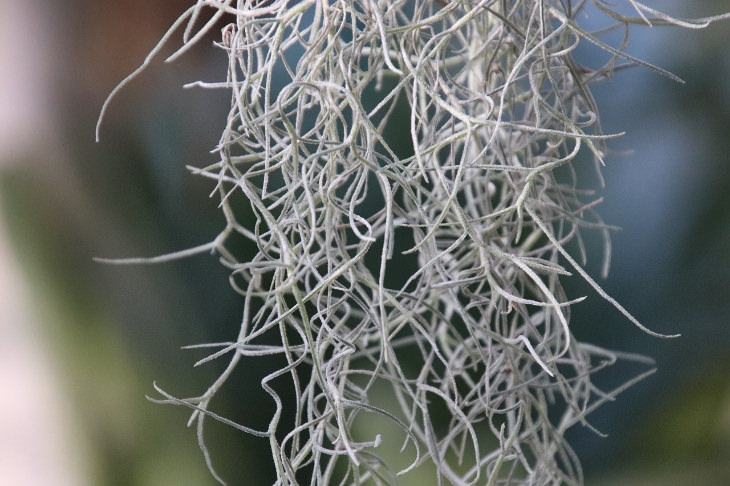
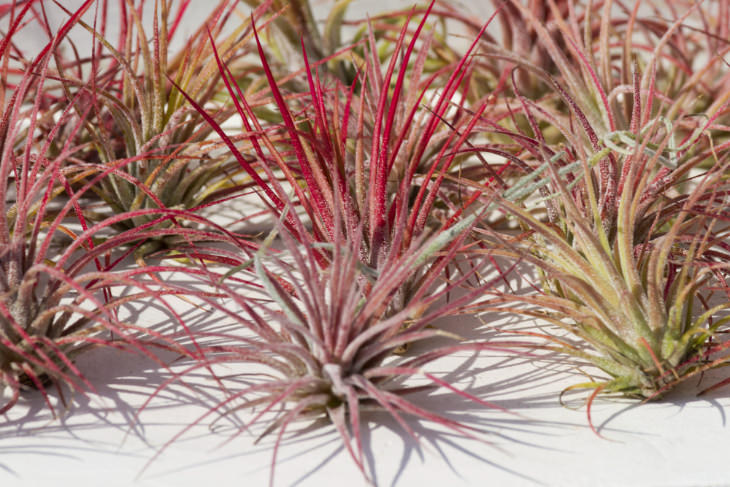
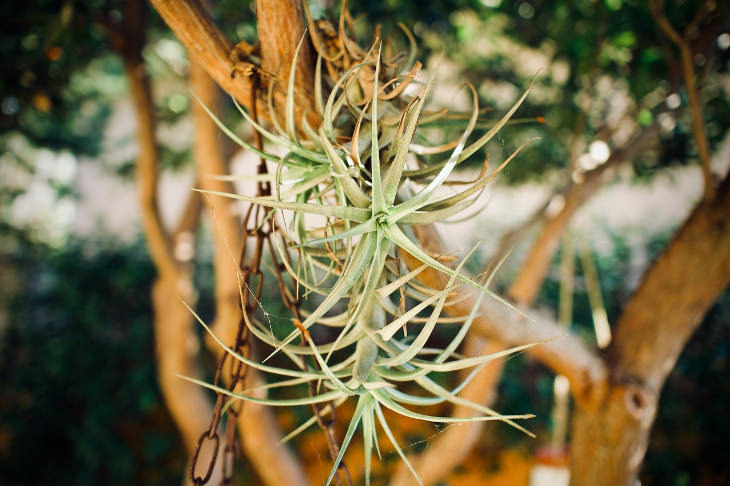
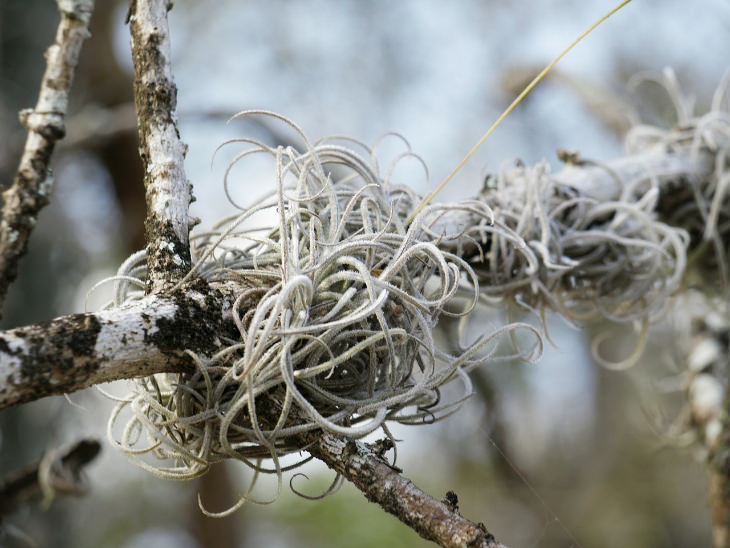
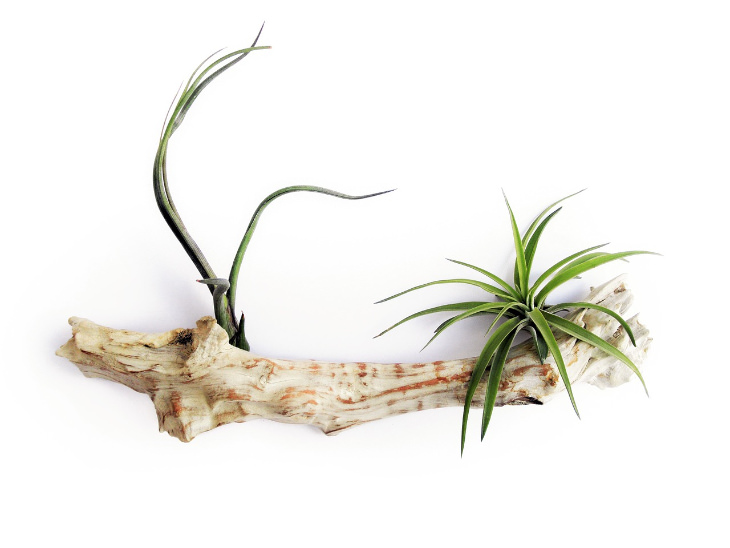
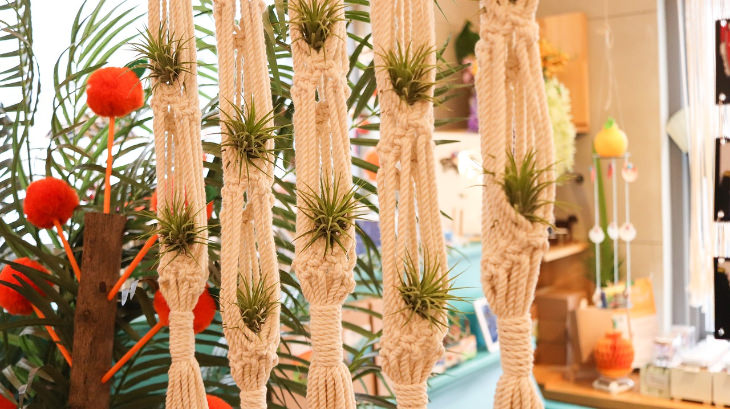

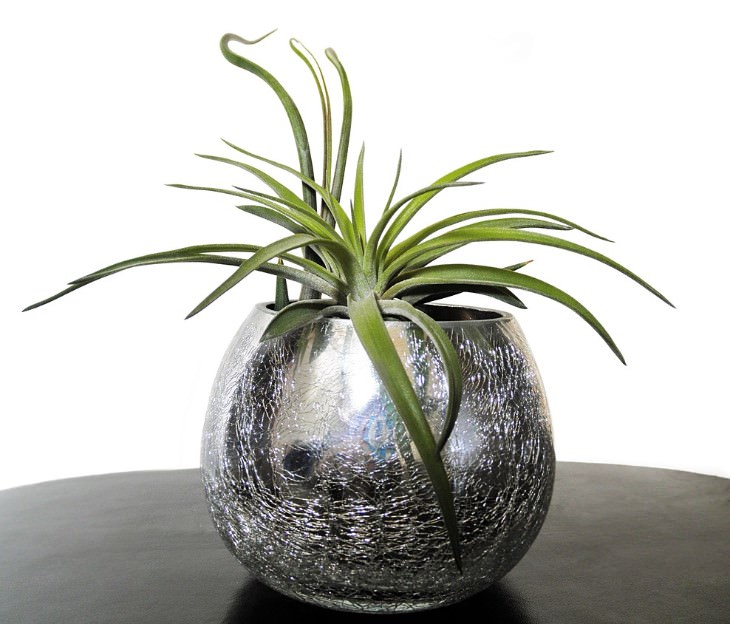
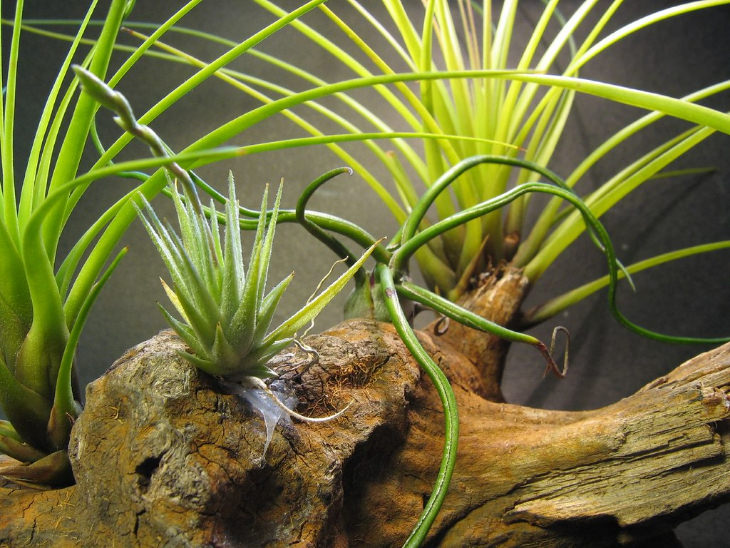
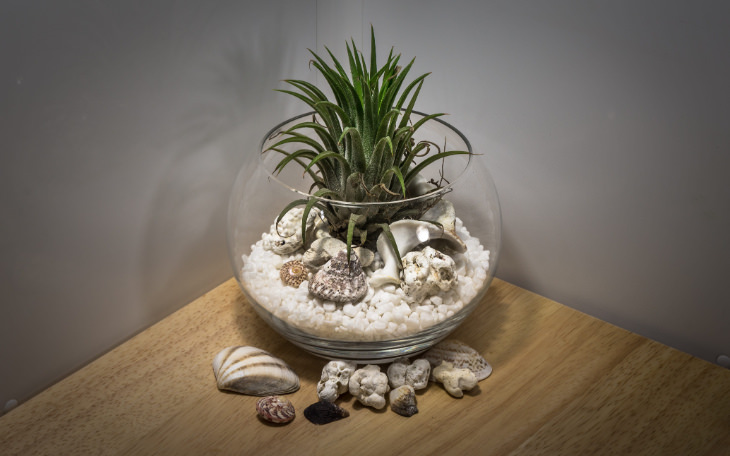

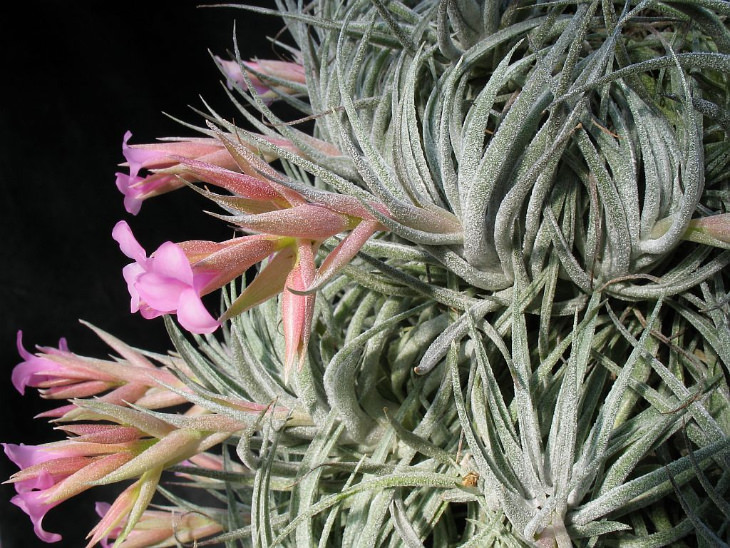
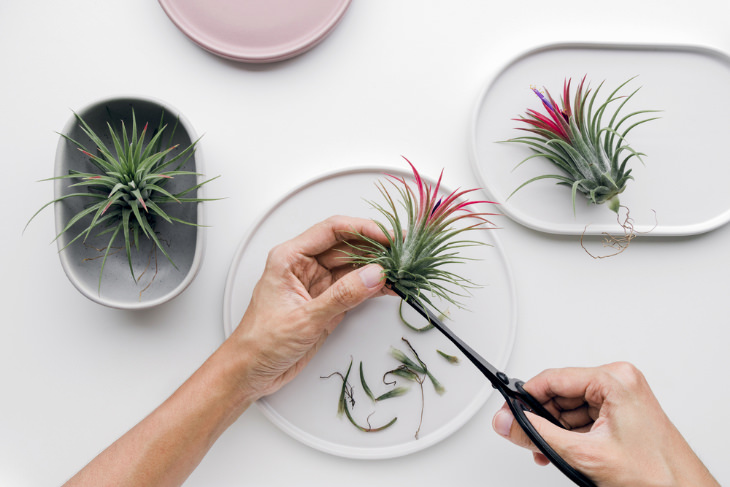
H/T: TreeHugger, AirPlantSupplyCo.
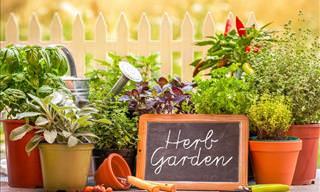
Your Herb Garden Will Flourish with These Helpful Tips!
The following six tips will help you grow an abundance of herbs round the year.
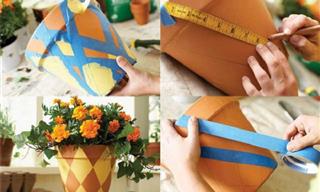
13 Great Ways to Decorate Your Potted Plants
Use one of the methods outlined in the following article to decorate your potted plants in an original way.
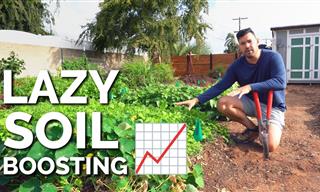 7:17
7:17
Do This Garden Hack Now, Reap the Fruit Next Year
Learn what is cover cropping, what are its long-term benefits and how to do it in your garden
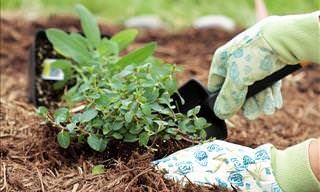
Winter Is a Harsh Time For Plants, Here's What to Do
Here's how to go about protecting your plants in the winter.
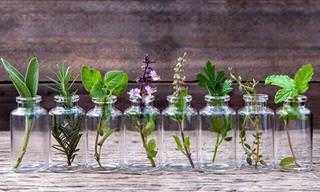
Your Ultimate Guide to Growing Herbs in Water All Year
This guide will teach you how to grow your own herbs in water.
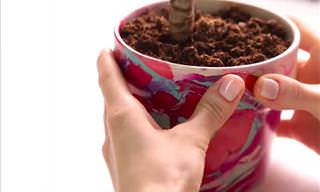 12:09
12:09
Spruce Up Your Garden With These Brilliant DIY Ideas
This brilliant video contains 16 different DIY ideas that are perfect for any garden. What's more, they couldn't be any simpler to make!

Cleaning Tips: Keep the Dish Soap AWAY From These Things
While dish soap can be very efficient for certain cleaning tasks, there are materials you should never clean with dish soap, or you risk damaging them.

25 of the World's Best Beauty Remedies You've Been Seeking
Add these beauty remedies from around the world to your daily regimen.

These Facts About Happiness Will Change the Way You Think
Here are 25 surprising facts about what it actually means to be happy.
 8:40
8:40
How to Beat Knee Pain While Going Up and Down the Stairs
Knee hurts while climbing stairs? These tips might just help.
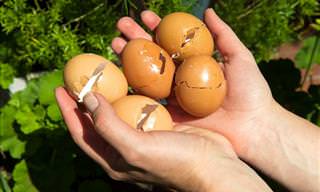
Here's Why You Should Start Using Eggshells in Your Garden
If you throw all your eggshells in the trashcan you're missing out as they can be very beneficial to your garden. Here are 6 garden uses for eggshells.
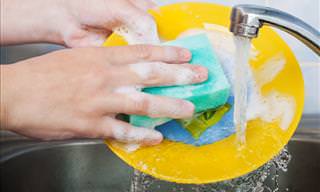
Here's How to Properly Kill Germs on Your Kitchen Sponge
Your kitchen sponge can contain a lot of nasty bacteria. Click here to learn how to properly sanitize it!

The Way We Were - Shocking Ads from the 1950s
This series of advertisements from the 1950s is more than just your regular nostalgia. Look at these ads and be amazed with all the progress women have made!

7 Ways Lemons Can Make Your Life a Whole Lot Easier!
Here you'll discover seven surprising ways how you can use lemons and lemon juice to make your life cleaner and easier.

Why Are Your Indoor Plant’s Leaves Turning Brown?
Brown leaves is one of the most worrisome problems of indoor plant enthusiasts. Follow this guide to get to the bottom of the issue.
 15:56
15:56
18 Must-Know Survival Hacks for Those Tricky Moments
These clever survival hacks can help save your life someday.

25 Ways to Keep Your Garden Healthy and Thriving
We've collected some great tips for maintaining a healthy garden that will help you every day.

Stop Swiping Your Credit Cards! It's No Longer Safe
EMV is changing the way we use pay at the checkout. It's also making swiping your credit card a very dangerous thing to do. Here's why you should stop.
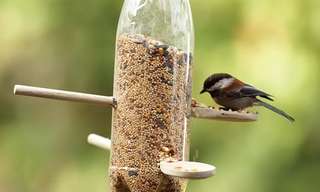
DIY: 12 Ways to Give Your Plastic Bottles New Life
Recycling is good but did you know there are lots of other things you can do with plastic bottles? Here are 12 ideas for do-it-yourself projects to create masterpieces out of junk.

Master the Kitchen with These 14 Fascinating Food Guides
Stash these food and cooking charts for later. They’ll come in handy.

6 Uses for Apple Cider Vinegar You're Probably Unaware Of
If you think that apple cider vinegar is only good for cooking, we advise you to think again! Here are 6 great additional uses.

Is Your Child Shy? Here's What You Need to Know!
Many people think shyness is a negative quality, but it isn't...
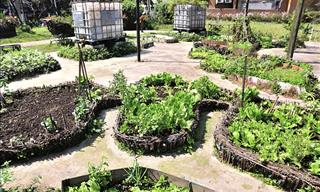
7 Fantastic Alternatives to Traditional Gardening Methods
Check out some lesser-known yet effective gardening methods that will help you optimize space and grow more food.

Why You Need to Avoid Palm Oil Right Away
Palm oil is harmful to the environment. Here's what to do about it.
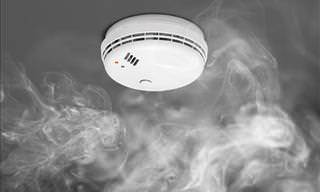
12 Amazing Home Fire Safety Tips From Firefighters
Don't let a fire get out of hand. Keep these essential 12 tips in mind.

How to Make Your Own Beautiful Cold-Porcelain
This rose, and all these ornaments look incredible - but did you know they are made from cold-porcelain, which you can make yourself? Check out this recipe.

A Financial Checklist for Every Decade of Your Life
Here’s a decade-by-decade guide to help you stay on track and make the most of your money at every stage of life.

7 Basic Winter Travel Mistakes and How to Avoid Them
These are the missteps you want to avoid when traveling in the winter.

8 Foods That Will Make Cleaning a Lot Easier
The following 8 foods can all be used to make your cleaning routines a lot easier.
 4:34
4:34
Discover the Ideal Morning Routine to Activate Your Brain...
If you struggle to wake yourself up every morning, then this video might just have the perfect solution for you.

13 Common Refrigerator Mistakes and How to Avoid Them
Mistakes you didn't know you were making with your fridge.
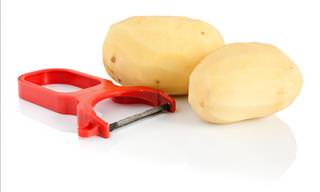 3:25
3:25
Whoa! I Never Thought of Using My Potato Peeler for This
Did you know there are more uses for your potato peeler? Find out!
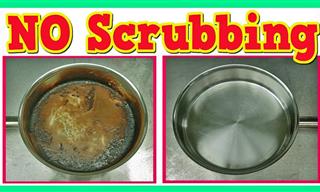 3:15
3:15
Cleaning Tips: The Best Ways to Save Your Burnt Pot
Cleaning a scorched pot without scrubbing is possible! Here are some tips to make it look as good as new with ease.
 9:12
9:12
Washing Clothes Wrong? Try These Life-Changing Tips
Think you know everything about your washing machine? Think again.

Discover: Who Are the Most Successful Inventors in History?
If you love inventions and history, you'll find this post fascinating!

6 Everyday Objects That Have Surprising Hidden Uses
Most items that you have in your house have many different hidden uses. Check out 6 of them here!
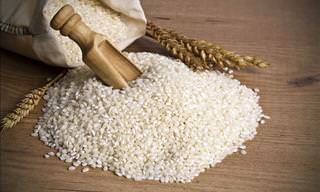
These Leftover Foods Tips Will Save You Money!
We throw away an awful lot of food, but why throw leftover food away when it has so many great uses.
 6:58
6:58
How to Make a Simple and Cheap Door Alarm!
Here's how you can save yourself some money by making your own door alarm at home.
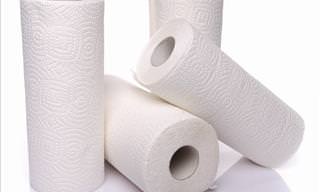
Do Not Flush These 8 Things Down the Toilet
If you never want to have to pay a hefty price for an emergency plumber, we have a handy list for you today that explains the things you should never flush down a toilet.
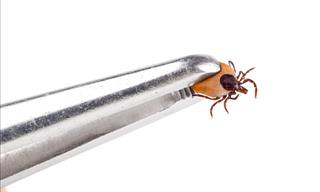
How to Properly Remove a Pesky Tick From Your Pet
Our beloved cats and dogs love playing outside just as much as we do and, just like us, they are susceptible to picking up the odd tick every now and again. Ticks carry a wide range of disease so you don't want one on your beloved pet. Here's how to
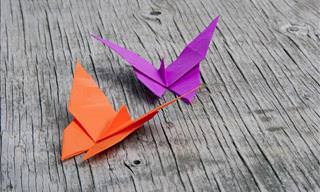
16 Simple Paper Craft Tutorials You Can Make Right Now!
Feeling creative? The 16 paper craft tutorials are detailed and easy to follow, so get out your scissors and give them a go!

We Bet You Didn't Know ChapStick Had So Many Good Uses
Did you know that ChapStick can do a lot more than heal dry lips? Here are 12 unexpected uses!

8 Foods That Make You Feel Full and Satisfied
The following 8 foods will help keep you feeling full for longer.

Suits You, Sir! How to Dress Like a Real Gentleman
It might not seem hard, but wearing a suit well is not a skill most men are born with. Here's our guide to dressing like a real dapper gentleman.

You May Have Been Washing Your Hair Wrong Your Whole Life!
This simple guide will explain why you haven't been washing your hair properly and how to do the right way to make sure your hair is healthy and strong!

Never Put Your Phone in These 8 Common Places!
If you care about your cell phone and your health, then make sure you never leave your device in any of these places.

Weeds Stand No Chance Against This Fantastic Weed Killer
How does a practically free, home-made, all-natural weed killer that's kind to the environment sound? Amazing, right? Here's how to make your very own.
To enable your Ad-Free Subscription, please fill the fields below
Your subscription was successful, now you can enjoy an ad-free experience!!
Note: To make sure you get no ads, please make sure to log in to your account. If you are logged in already, then refresh the page. The subscription can be cancelled at any time.


